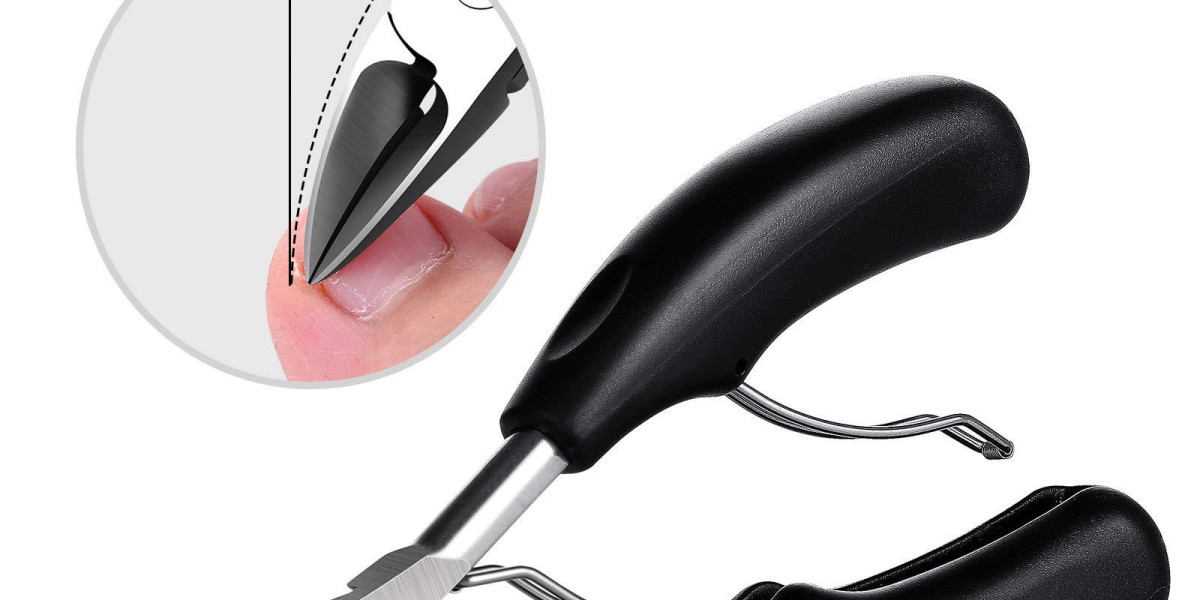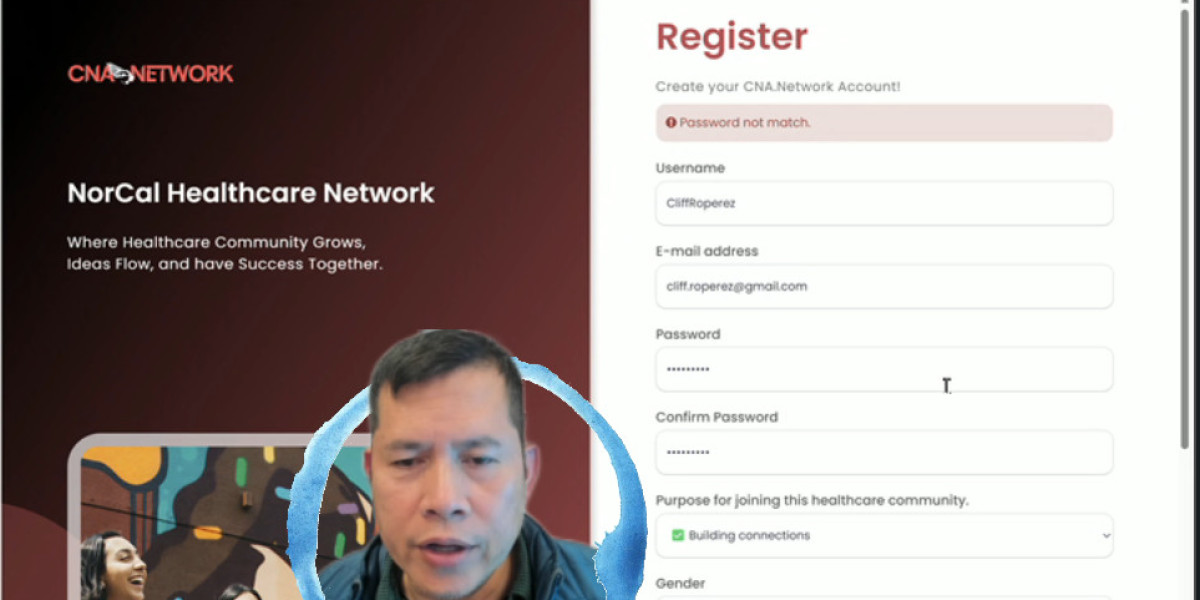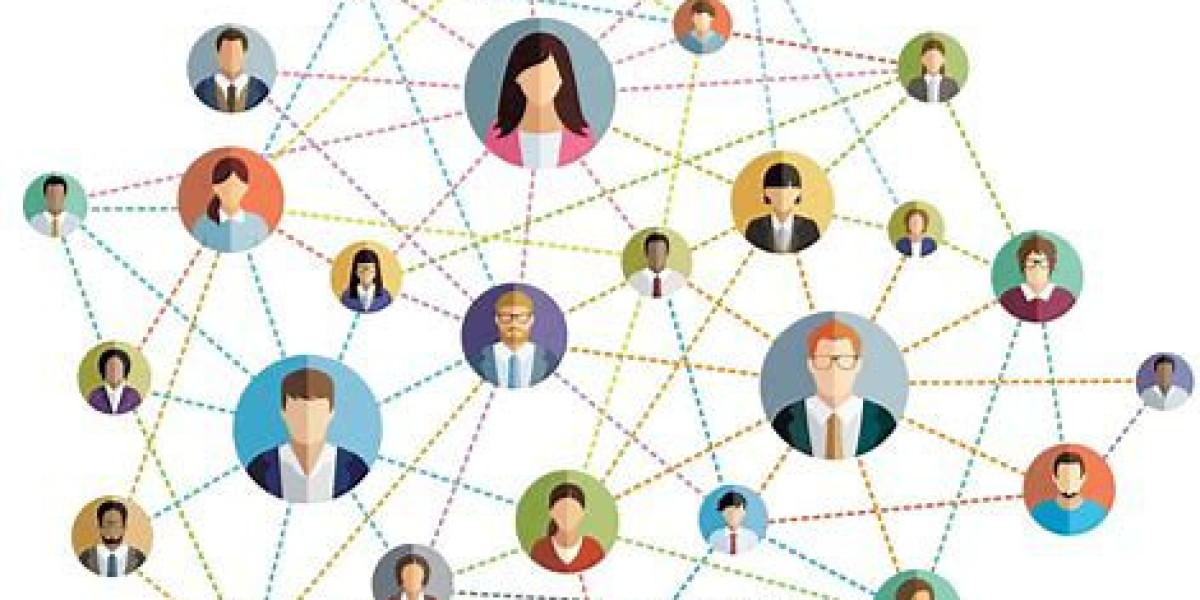The expectations of customers today in the retail business are at the highest level. Every shopper is expecting a seamless, personalized, and frictionless experience on every touchpoint – be it on the store, online, or even mobile. For retailers, meeting these expectations is not enough to be great products or a friendly smile; it requires a savvy, unified backend system which guarantees that all pieces come together in harmony. That is where Enterprise Resource Planning (ERP) systems come into place.
The erp software in Saudi Arabia integrate key business processes including inventory, sales, finance, customer service, and supply chain onto one single platform. This integration enables retailers to enable efficient operations, make data-driven decisions, and most importantly, enhance better experiences for its customers.
Importance of Customer Experience in Retail.
Customer experience (CX) has become a critical differentiator of brands, sometimes even more important than price or product. A good experience creates trust, repeat purchases, and referrals through word-of-mouth. On the other hand, a negative experience (e.g., out-of-stock products, non-consistent pricing, or delayed orders) can cost lost sales and negative reviews.
Retailers require real-time visibility and control of their operations to enable smooth customer journey. It is this visibility that the ERP systems offer by linking every department and providing the unified view of the business.
This is how the retail customer experience is improved through ERP systems.
1. Real-Time Inventory Management
The huge pain point in retail is inventory mismatch – when an item appears to be available but is not. ERP systems address this by providing real-time inventory tracking in all the locations, whether the physical stores, warehouses or online. This helps to maintain correct levels of stock and avoid selling too much or too little.
Retailers are also able to recognize bestselling products, seasonal patterns and slow-moving items in ERP data using it to improve demand forecast and restocking in good time.
2. Omnichannel Integration
Today’s customers may browse, purchase, and return through a mobile application. Unproper integration, makes the management of such behavior chaotic. ERP systems make it easy for eCommerce platforms, POS systems, mobile apps, and back-office functions to interact with each other.
This omnichannel ability means that the customers get a seamless experience – like viewing the same prices and promotions on the Internet and in the physical stores, or checking livestock availability across the stores.
3. Faster and Accurate Order Fulfillment
The full circle erp system education erp automates order to order-to-delivery process. Right from order placement and inventory check to invoicing and shipping, all processes are simplified. Not only does this expedite fulfillment, but it also eliminates errors from manual entry or disconnected systems.
Customers enjoy quicker delivery times, precise tracking of orders, and consistent communication during the purchasing process.
4. Personalized Customer Interactions
Personalization is one of the main reasons for customer satisfaction. ERP systems gather and consolidate customer data including the purchase history, preferences, behavior patterns, etc., that can be applied to customize promotions, suggest products, and interact with customers better.
With such data, sales teams and marketers can send personalized emails, offer targeted discounts, and run loyalty programs that will increase customer engagement and return business.
5. Improved Customer Support
An ERP system gives customer service operators full access to customer orders, returns, billing, and communication history. This puts them in a position to solve matters promptly and correctly.
Instead of asking the customer to reiterate information or wait for separate departments to answer back, agents can provide instant solutions- increasing satisfaction and establishing trust.
6. Optimized Supply Chain Operations
Retailers need to be flexible in the response to evolving customer needs and supply chain disruptions. ERP systems provide an end-to-end insight into procurement, logistics, and vendor management. This enables retailers to be quicker in reacting to stock shortages, inform customers on delivery delays, and monitor the supplier’s performance – all of which are factors contributing to a seamless customer experience.
7. Informed Business Decisions
The ability to make smarter decisions is given to retailers through ERP systems through centralized data and powerful analytics tools. Regardless of the product promotion or the sale start time, or the need to change prices—these insights help deliver experiences that meet customer expectations and market trends.
Final Thoughts
Making a smooth customer experience no longer remains an option but a necessity for success in the modern retail. ERP systems are vital in making this come true. By integrating people, processes, and data, ERP enables retailers to better know their customers, faster fulfillment of orders, and delivering the kind of experiences that gain them long-term loyalty.







